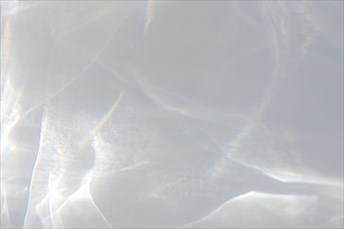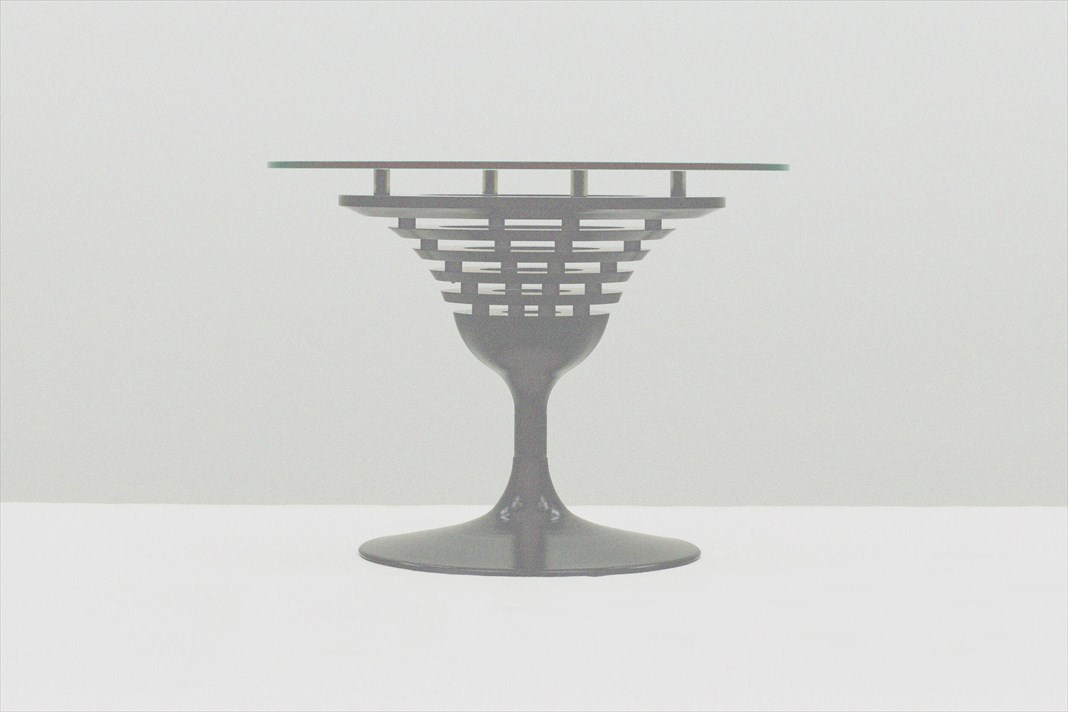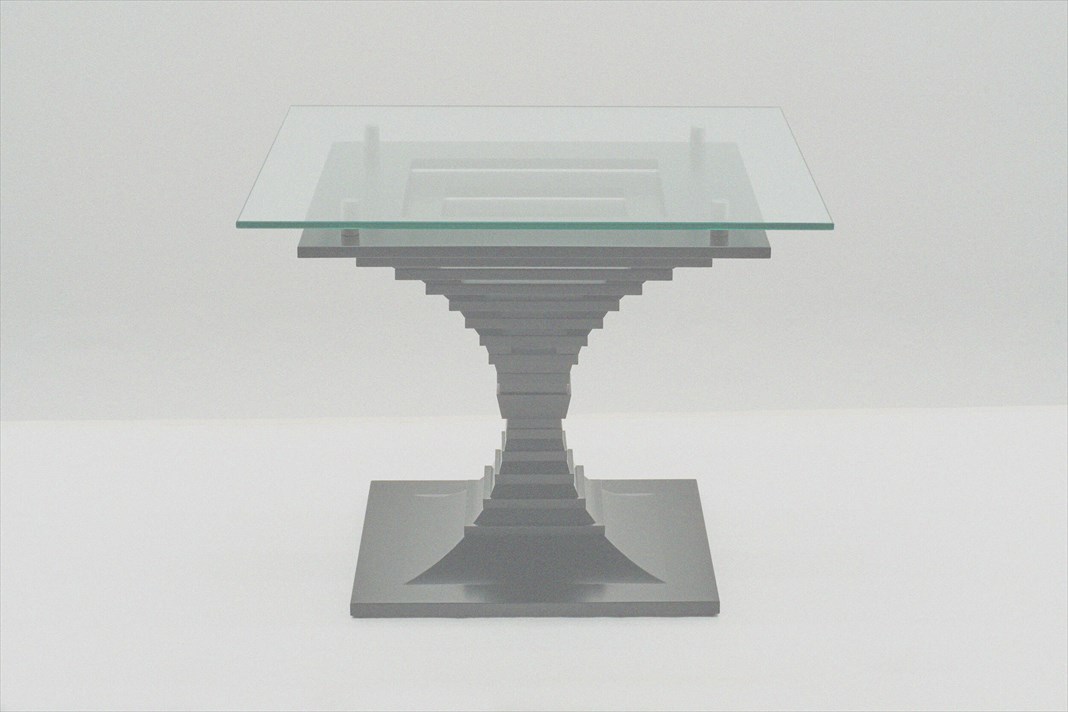形のない美しさが導く、「無」との対峙。
日本を代表する茶人 千利休はかつて、
極限までそぎ落とした引き算の美学で、
二畳一間の待庵という小宇宙を創り上げた。
極限までそぎ落とした引き算の美学で、
二畳一間の待庵という小宇宙を創り上げた。
形式にとらわれず、多くの人々を
魅了した禅と茶による利休の引き算の美学。
ルナハーツはこの美学を継承し発展させるために、
カタチを超えたデザインを創り出す。
魅了した禅と茶による利休の引き算の美学。
ルナハーツはこの美学を継承し発展させるために、
カタチを超えたデザインを創り出す。
地球に存在する最大の間接光である「月光」を
操るように茶の表面に投影し、西洋のデザインに劣らない
「精神の美学」を現世の空間に再現する。
操るように茶の表面に投影し、西洋のデザインに劣らない
「精神の美学」を現世の空間に再現する。
一切の無駄が削ぎ落とされた空間にあるのは
儚くも流れゆく「時」と、対峙する「映しとられた自然」のみ。
儚くも流れゆく「時」と、対峙する「映しとられた自然」のみ。
目に見える形はなくとも、確かにそこにある揺らめく光の美。
心で感じ、自然を感じ、そして「無」と対峙する。
心で感じ、自然を感じ、そして「無」と対峙する。
LUNA HEARTSは、自然に生まれる現象をデザインに取り込み、
形而上の自由な「美」を追求する、デザイナー岡本恒之の新たな挑戦である。
形而上の自由な「美」を追求する、デザイナー岡本恒之の新たな挑戦である。

月の光に感じる、幽玄さ
西洋と東洋では、月(Luna)に対する考え方が全く異なる。
西洋の太陽神を愛でる文化において太陽は希望、神。対して月は、太陽と真逆の位置にある。
一方、日本の平安貴族は闇の世界に降り注ぐ一筋の月の光を神々しく感じ、満月の日には池に舟を浮かべて歌を詠んだ。
水面に煌めく波の波紋を文字をしたためる和紙や障子に掬い取り、その移ろいゆく光の波紋を愛で、月見という宴も開いた。
月の満ち欠けのサイクルにより、新たな生命が誕生し、やがて衰退する。
我々はその神秘な月の光に幽玄さ、儚さを感じ、深い安らぎと癒やしを享受してきた。
この大自然との共生によって成り立つ、研ぎ澄まされた知覚と感性を呼び覚ますことこそが、LUNA HEARTSの根底にある「和の手法」である。

Luna Hearts

